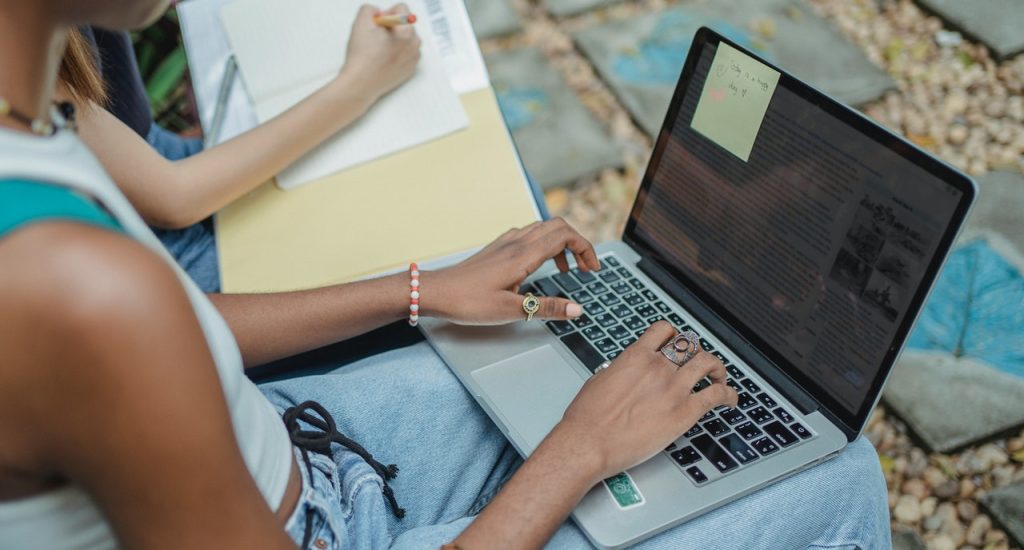Resources Students Can Use to Boost Their Learning Ability
December 9th, 2021
Education isn’t just about relaying information for students to absorb. Learning itself is a set of skills essential to lifelong development. As such, a crucial question for anyone interested in education is how to deepen those skills, so that they can be applied in a world so fast-paced that constant learning is necessary just to keep up. With that in mind, let’s consider four areas in which students’ learning capacity can be broadened, with a few examples of resources for each.

Digital Tools
Things have come a long way since the days of Commodore computers. Young people today are digital natives, but in a world awash with software and information, selectivity is key. Consider automation. A previous article on ‘How Automation Will Change Education’ discussed the potential of technology and automation in education. While automation won’t entirely replace the role of educators and the classroom environment, there are a good deal of useful tools that are already in use inside and outside the classroom like automatic flash cards and online quizzes. Traditional flash cards are great, for example, but modern flash card software often has a feature where the learner will be shown the cards they remember less often than those they don’t remember, ensuring that the remembered ones are ‘overlearned’ and therefore retained. It’s a very simple but powerful form of automation for training recall. Like flashcards, quiz content can be learner-generated and shared with peers as a fun challenge.
Collaboration
While we’re on the subject of peers, using social skills in collaboration is a whole skill set in and of itself, as well as being a great means to stimulate creativity and memory. Some resources are only optionally collaborative, like the story-creation suite Storybird. Others lend themselves more readily to collaboration, such as puppets. Puppets are often considered to be for early years only, but the complexity and maturity of the ideas that can be conveyed using puppets, as well as the mechanical complexity in their operation, varies enormously. It’s worth adding that collaboration isn’t always about free-form creativity, but can be geared toward problem solving, such as ‘escape room’ type puzzles.
Better Thinking Patterns
Sometimes mindset is all that’s stopping students from reaching their full potential. ‘Mind Hacking’ by John Hargrave talks about “reprogramming” your mental patterns to get rid of the anxiety and negative thoughts that can dog some people their entire lives. Anyone who still thinks that students have it easy couldn’t be more wrong, as teachers, parents and students themselves will attest. The simple 21-day program in this audio book, written by someone who worked out how to access his own potential, is a potential boon to those who want to become more confident in learning and overcome their stress and anxiety.
Habit Formation
Learning is often said to be like going to the gym — establishing a healthy, regular routine with enough variety is vital to long-term success. Spacing, rather than cramming, has been shown over and over to work for deep learning. Study planners come in physical and digital form these days. There are also a whole host of ways to organize notes beyond traditional notebooks and ring binders. One popular cross-platform app these days is Notion: marketed as a professional tool for teams, its deceptively simple interface includes options for writing code, linking between pages, labeling pages, sharing pages as interactive websites, multimedia and more. If tool sets like this are good enough for professionals, there’s no reason students can’t take advantage of their flexibility to get organized.
About the Author
Ruthanna James works as a K-12 education consultant with a focus on STEM subjects. She enjoys curating tailored software solutions for schools that bring together functionality and joy. She lives with her husband, two kids, and a beagle named Paulie.
Written exclusively for LEADERSHIP SOCIETY OF ARIZONA
